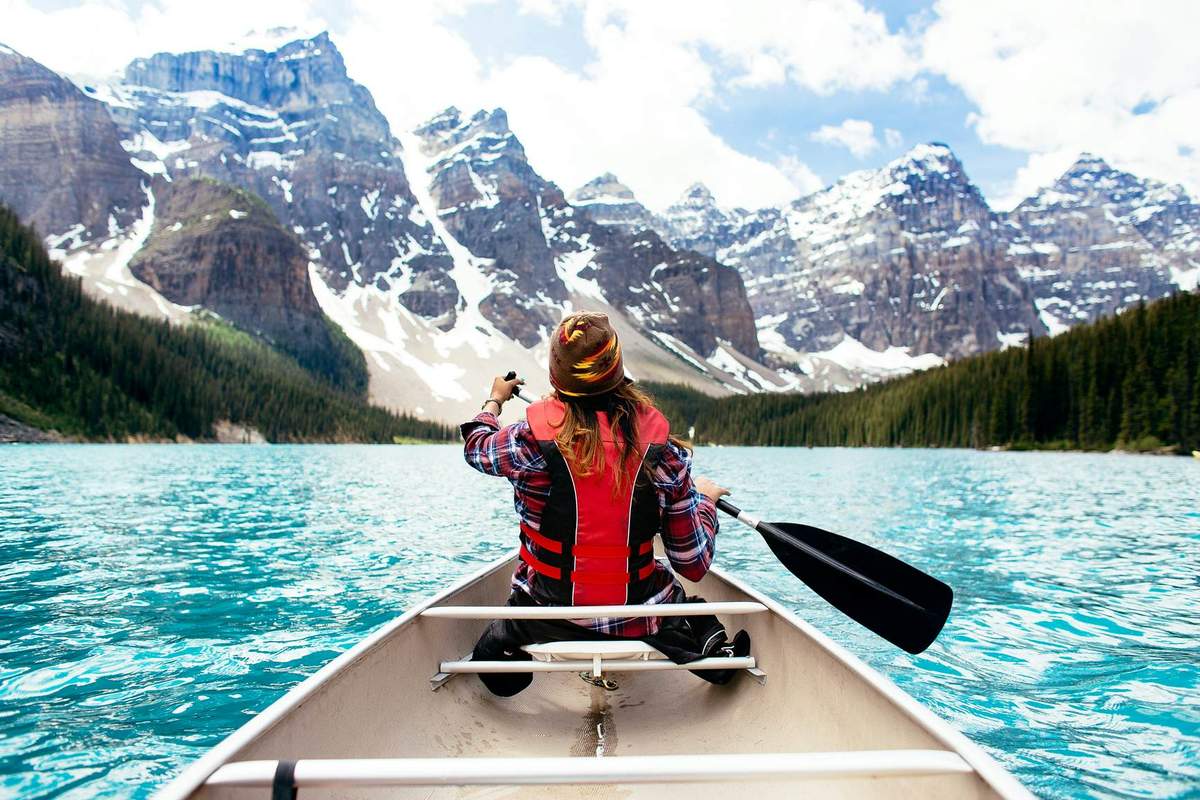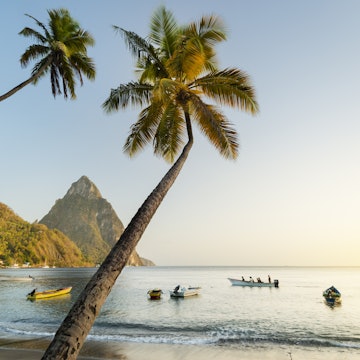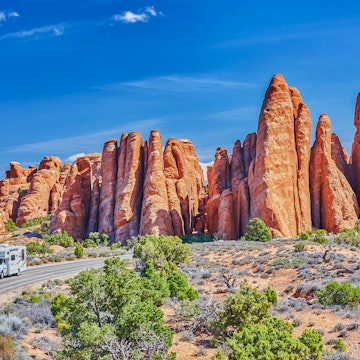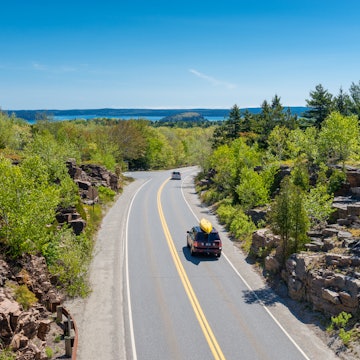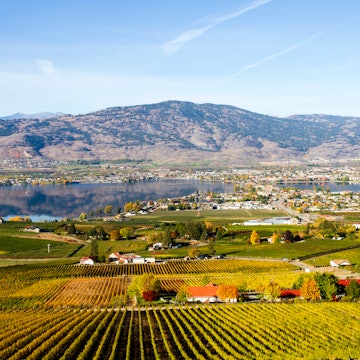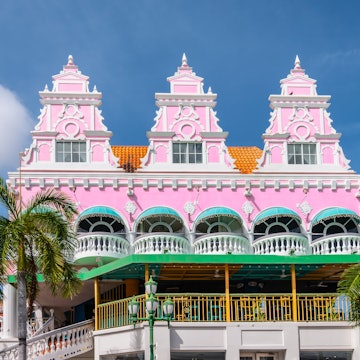

Vieux-Québec is enchanting - yes. But you’ll find some of Québec City’s most memorable moments in the neighborhoods beyond
I’m Lonely Planet’s destination editor for the eastern US and Canada – and the love of all things Canada is in my blood.
I was born in Toronto and lived there much of my life. I went to school in Montréal. I ran a half marathon through Vancouver, did a solo driving-and-hiking trip through British Columbia and Alberta, and recently visited Newfoundland for the first time. But I hadn’t been to Québec City since a family trip when I was 3 years old, so it was definitely time for a return visit.
Since its enchanting winter carnival and summertime festivals make this one of Canada’s most visited cities, I was excited to get beyond the typical tourist spots.

What was your favorite activity?
Vieux-Québec, with its cobblestone streets, the Dufferin Terrace overlooking the St Lawrence River and the castle-like Château Frontenac hotel, is undeniably magical. But my favorite thing on this trip was getting out of the Old Town, on a bike excursion. You can rent bikes (electric or regular) at Tuque & Bicycle Experiences and plan your own day, or hire bikes and a guide. Away from the bluffs and steep alleys of its historic center, Québec City has hundreds of kilometers of bike trails, including some flat and scenic paths that wind along the Rivière-Saint-Charles. (The Destination Québec cité website lists some suggested bike routes.)
We pedaled to the new location of the Grand Marché de Québec, where a number of vendors sell produce and prepared foods at stalls. On the second floor, the line of customers at Zeitoun Cuisine Libanaise is a sign of the joint’s excellent sandwiches, juicy grilled chicken, and creamy hummus and baba ghanoush.

What was the most scenic experience of the trip?
Parc de la Chute-Montmorency, home to the towering Montmorency Falls, is just about 12km (8 miles) outside of the city – definitely close enough for a bicycle excursion. These falls are truly tall: almost 100ft higher than Niagara Falls, in fact. You can walk up the 487 steps in the panoramic staircase, zip-line across, climb any of the three via ferrata routes or take a cable car up to the top of the falls, where the views from the suspension bridge are absolutely magnificent. If you’re really intrepid, visit the frigid falls in winter, when you can ice-climb up the frozen cliff walls.
Best thing you ate?
I ate a lot of great things on this trip, especially on the evening food tour we did around Vieux-Québec with HQ Services Touristiques (top marks for the French onion soup and the beer at Archibald’s). My favorite eating experience of the trip, though, was the six-course dinner at ARVI restaurant, which explored cutting-edge presentations of seasonal and local flavors. I’m a sucker for a dining event, where a meal is not just the food (and wine) – but almost a theatrical experience, from the presentation of the plates to the chefs’ explanations of what they had prepared for us to the eating itself.
The menu is basically a list of ingredients that range from the familiar (crab, lobster, asparagus, barley, beet, etc) to the less familiar (lovage, sorrel, quince, koji), each of which is the focus of the dishes you'll be served. I loved not only guessing what was what, but which ingredients were savory and which were sweet. My favorites were a gorgeous asparagus-and-goat-cheese assemblage; a deeply flavorful duck preparation with beets and quince; and a surprising dessert of barley, rice and koji.
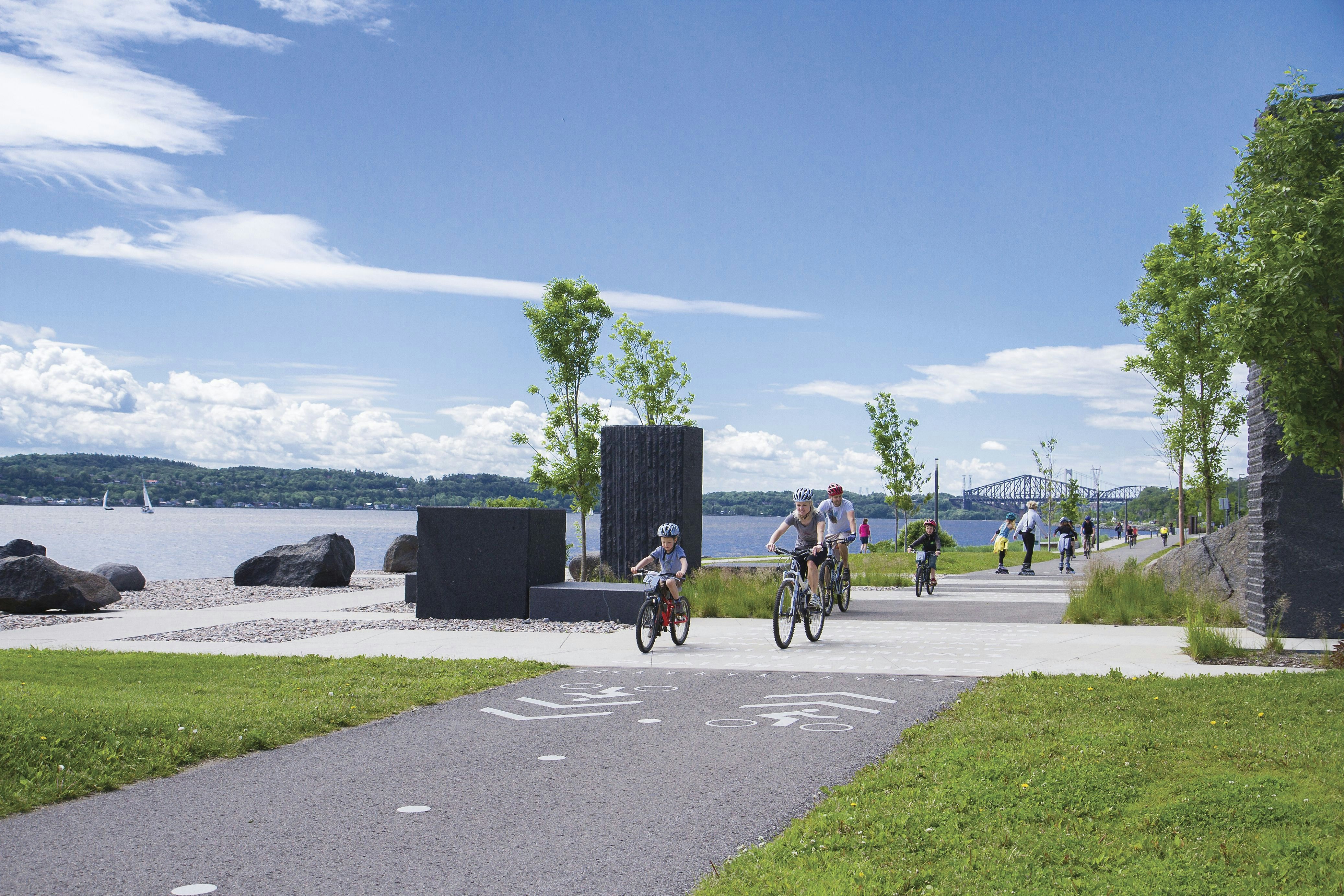
What was the handiest thing you packed?
It’s almost too predictable: the best thing I packed for Québec was warm clothes, even though I visited at the end of May, when it was already hot and steamy in New York City, where I live. The forecast had called for chilly and rainy weather, so I packed for October: layers, naturally, including a lightweight jacket, a couple of sweaters and long-sleeve shirts. I did not pack gloves or a hat, though I wish I had.
Summers do get hot in Québec City, and winters are frigid (but very fun). Yet the in-between months are, well, unpredictable. To that point, the forecasted rain was less than expected, so we enjoyed mostly sunny and cool weather.

Best tip for someone who wants to plan the same trip?
Since I always like learning about the historical context about any place I visit, and since I’m not always the best at pre-trip research, I was thrilled to get an early peek at the brand-new “In Other Words, Québec” exhibit at the Musée de la Civilisation. This multifaceted, immersive exploration of the history of Québec mixes artifacts with works of art, and goes quite the distance in incorporating Indigenous viewpoints.
I’d also say that while exploring Vieux-Québec is wonderful – this is, after all, the only walled city in North America north of Mexico, and what’s left of the city’s 400-year old fortifications amazes – I highly recommend making sure to visit some neighborhoods beyond those old walls. After all I saw on this trip, I’m already looking forward to a future visit to take a culinary tour of Île d'Orléans, or maybe even packing my warmest clothes to brave the cold for Winter Carnival and the ice hotel.

Where did you stay? What was the vibe?
I spent the first two days and nights of my trip at Le Monastère des Augustines, immersing myself in the ideas and methods of holistic wellness that the Augustinian nuns have been practicing for hundreds of years. Sure, “wellness” and “sustainability” are trendy catchphrases on everyone’s lips these days. But as I learned, the Augustinian nuns have been committed to these principles, and have been caring for people’s minds and bodies, since the 17th century.
The monastery has only been open to the public since 2015. Since the resident nun population has been dwindling, plans took shape to turn the historic building and its massive archives into a museum chronicling the history of Québec. In order to pay for the necessary renovations, part of the structure was set aside as a sort of retreat for wellness, operating with the principles of “hospitality, kindness and generosity” that the nuns have always put into practice. This seems like a pretty solid business plan to me – especially considering that the nuns were once the preeminent businesswomen of Québec, running all the hospitals in the province and hiring and overseeing their doctors as far back as the 17th century.
The media hype has made me a bit of a skeptic about “wellness” – but at the Monastère, I found it surprisingly easy to embrace the mindset and ethics of the approach. It felt very natural in this environment, where everything and everyone seemed to speak from the heart. While still very obviously a monastery, the building has been thoroughly modernized; its location, steps from downtown, makes it feel accessible both in location and vibe.
What sold me was the daily “silent breakfast.” Every overnight stay includes breakfast (everything local, seasonal, organic and delicious) – which every guest takes in silence. The idea is to start the day slowly and with contemplation rather than with loud chatting. As an introvert, I can’t tell you how lovely it is to be in a public space and be actively encouraged not to talk to people. It was a real pleasure to just focus on what I was eating and my plans for the day ahead. (Of course, if you need to ask if there are any more pancakes or fresh squeezed juices, you can – just in a lowered voice.)

A variety of yoga and qigong (a traditional Chinese medicine practice) classes are available, as well as meditation sessions and other wellness workshops. I decided to keep things low-key and opted for a docent-led meditative walk (aka “walking meditation”). As at breakfast, you’re meant not to talk, but rather just stay absorbed in your breathing. (I cheated by focusing on taking in the unfamiliar surroundings.) I also had a lovely massage – unique for me in its focus on mindfulness and caring, rather than the deep muscle manipulation that I usually opt for. “Close your eyes,” the massage therapist said. “You have nothing to do. I will take care of you.”
I’m still thinking about how resonant and effective those words were.
Two types of rooms are on offer. “Contemporary” accommodations have en-suite bathrooms that were newly built on the top floor when the building underwent restoration. Once nuns’ living spaces, “authentic” rooms have been renovated into supremely cozy and comfortable guest quarters, with single or double beds and shared modern bathrooms. The Monastère even offers special rates for caregivers, since they need to be taken care of, too – a touch that, for me, truly encapsulates the ideas and intent behind the project. The more I learned about the concept, the practices, and the social and environmental good underlying this special place, the more I wanted to spread the word…and – yes – the wellness.
For the third and fourth nights of the trip, I stayed at L'Hôtel du Vieux-Québec, a more traditional hotel that’s on one of the Old Town’s main thoroughfares and just a 2-minute walk from the Monastère. Every morning, staff hung a small wicker basket outside my (comfortable, modern) room, which contained a continental breakfast of fresh croissants, yogurt, cheese and juice. The hotel has received accolades for its eco-friendly practices like carbon offsets, solar-energy usage and energy-efficient lighting. The rooftop beehives and garden supply the restaurant next door.
Caroline traveled to Québec City on an invitation from Destination Québec cité. Lonely Planet contributors do not accept freebies in exchange for positive coverage.






